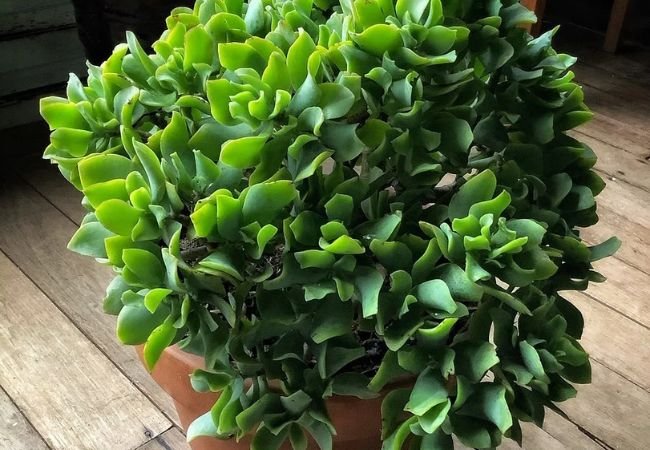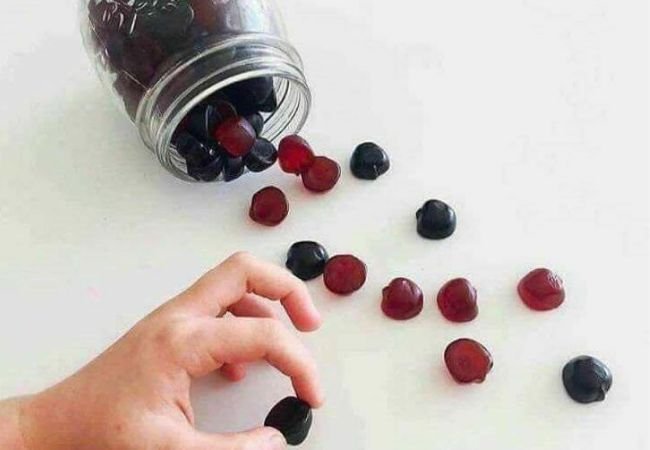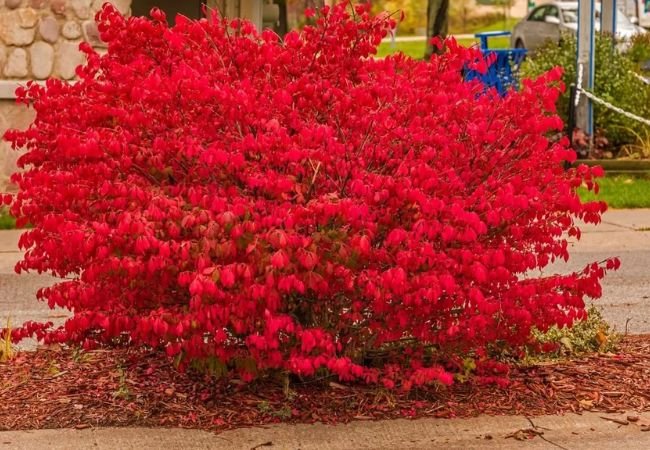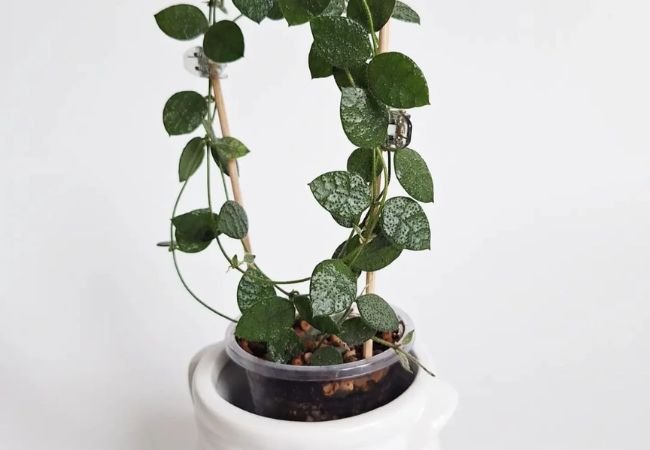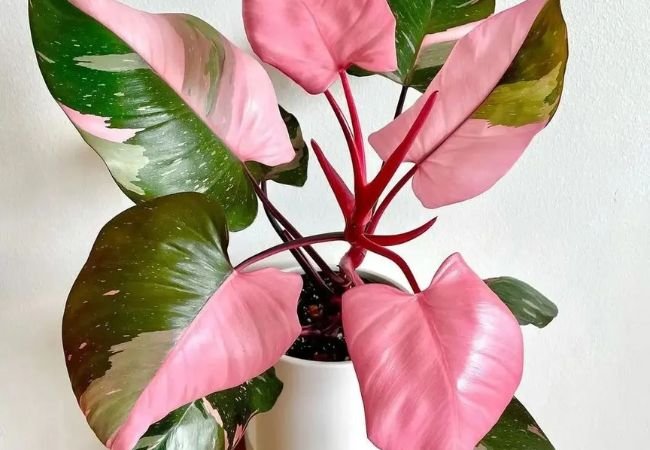Indoor Houseplant Seeds : Growing Green Companions from Scratch
Discover the joy of growing Indoor Houseplant Seeds. Learn about popular varieties, sowing techniques and care tips to cultivate your own green oasis at home.
Growing indoor houseplants from seeds is a rewarding and cost-effective way to fill your home with greenery. This process allows you to witness the entire life cycle of your plants, from germination to maturity. In this guide, we’ll explore the world of indoor houseplant seeds, offering tips and tricks to help you successfully grow your own green companions.
Benefits of Growing Houseplants from Seeds
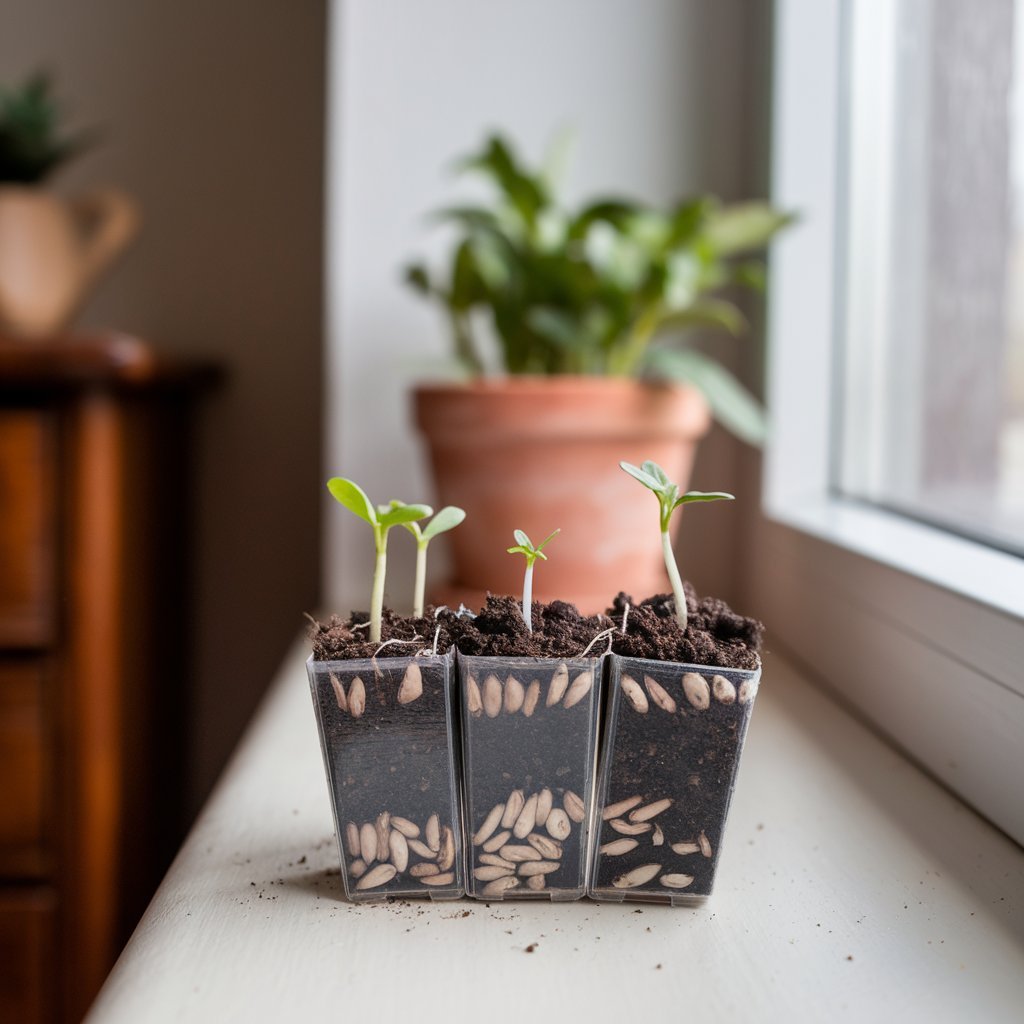
Starting houseplants from seeds offers several advantages:
- Cost-effective: Seeds are generally cheaper than mature plants.
- Greater variety: Access to a wider range of plant species.
- Satisfaction: The rewarding experience of nurturing plants from the very beginning.
- Control: Knowledge of exactly how your plant has been raised and treated.
Popular Indoor Houseplants to Grow from Seeds
Many houseplants can be grown from seeds. Here are some popular options:
- Spider Plant (Chlorophytum comosum)
- Snake Plant (Sansevieria trifasciata)
- Chinese Money Plant (Pilea peperomioides)
- Umbrella Plant (Schefflera arboricola)
- Coleus (Plectranthus scutellarioides)
- African Violet (Saintpaulia)
- Pothos (Epipremnum aureum)
Essential Supplies for Seed Starting
Before you begin, gather these supplies:
- Seed trays or small pots
- Seed-starting mix or well-draining potting soil
- Seeds of your chosen plants
- Clear plastic wrap or propagation dome
- Spray bottle for watering
- Grow lights (optional but beneficial)
Steps to Grow Indoor Houseplants from Seeds
1. Prepare Your Containers
- Fill seed trays or small pots with seed-starting mix.
- Moisten the soil before planting.
2. Sow the Seeds
- Check seed packet for specific planting depth.
- Generally, plant seeds at a depth equal to 2-3 times their diameter.
- For very small seeds, simply press them into the soil surface.
3. Provide Proper Environment
- Cover containers with clear plastic wrap or a propagation dome to maintain humidity.
- Place in a warm location (65-75°F or 18-24°C).
- Some seeds require light to germinate, so check specific requirements.
4. Watering and Care
- Keep soil consistently moist but not waterlogged.
- Use a spray bottle to water gently and avoid disturbing seeds.
5. Provide Light
- Once seedlings emerge, provide adequate light.
- Natural light from a bright window or grow lights can be used.
6. Transplanting
- When seedlings have developed true leaves, transplant to individual pots.
- Use a well-draining potting mix suitable for houseplants.
Common Challenges and Solutions
1. Damping Off
Problem: Seedlings wilt and die at the soil line. Solution: Improve air circulation and avoid overwatering.
2. Leggy Seedlings
Problem: Seedlings grow tall and spindly. Solution: Provide more light or move closer to light source.
3. Slow Germination
Problem: Seeds take longer than expected to sprout. Solution: Ensure proper temperature and moisture levels. Some seeds may need stratification or scarification.
Caring for Your New Houseplants
As your seedlings grow into mature plants, remember these care tips:
- Light: Provide appropriate light levels for each species.
- Water: Water when the top inch of soil feels dry.
- Fertilizer: Begin fertilizing with a diluted houseplant fertilizer once plants are established.
- Temperature: Maintain consistent temperatures between 60-75°F (15-24°C) for most houseplants.
- Humidity: Many houseplants prefer higher humidity. Consider using a pebble tray or humidifier.
Advanced Techniques
For more experienced growers, consider these advanced methods:
- Seed Saving: Collect and store seeds from your mature houseplants.
- Hybridization: Experiment with cross-pollinating different varieties.
- Grafting: Combine desirable traits of different plants.
Growing indoor houseplants from seeds is a fascinating journey that allows you to connect with nature right in your own home. While it requires patience and care, the reward of watching your tiny seeds grow into lush, beautiful plants is truly special. Whether you’re a seasoned plant parent or a beginner, starting houseplants from seeds can be an enriching and enjoyable experience.
Remember, each plant species has its own unique requirements, so always research the specific needs of the plants you choose to grow. With time and practice, you’ll develop a green thumb and a home filled with thriving, homegrown houseplants. Happy growing!

